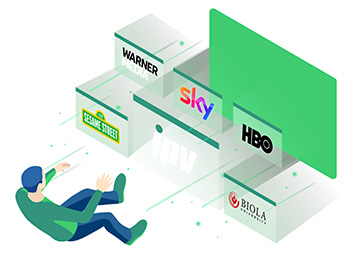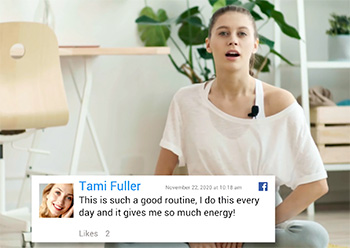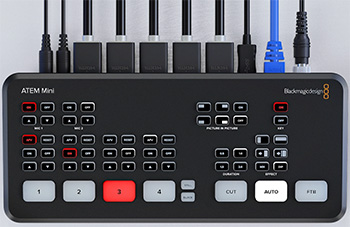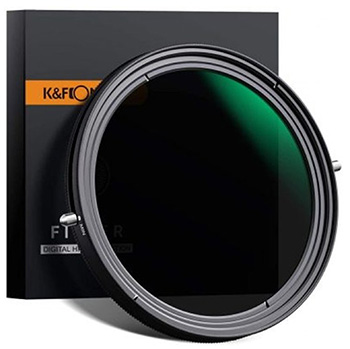… for Random Weirdness
Tip #1037: On-set Wireless Video Monitoring
Larry Jordan – LarryJordan.com
On-set video monitors can save time and improve collaboration.


The folks at Teradek, who make wireless video monitors, created a blog illustrating the benefits of wireless video monitors on-set. Not just for the director, but other key production team members as well. Here’s an excerpt.
NOTE: Here’s the link.
Wireless monitoring is critical to many roles on set; but let’s face it, not everyone has access to one. In fact, on many productions big and small, priority for monitoring goes to the Director and DP, leaving other critical members to fend for themselves in an overcrowded video village with just a few monitors.
The goal, then, is to find a solution that lets everyone see the shot without having to fight for that premium video village real estate. That’s where personal wireless monitors come in.
The biggest benefit is allowing every member to see the shot so they can adjust their roles accordingly, making for a much more collaborative set. Another is being mobile, allowing the crew to maneuver around set with ease and remove as many obstructions as possible.
The seven roles that could benefit most are:
- Director
- 1st AC
- Gaffer
- Script Supervisor
- Hair & Makeup
- Clients & Executives
- Boom operators
While only a select few people on set absolutely need zero-delay monitoring, by helping to cut production time, you end up saving tons of money.













